A history of the Moto G series: Motorola's most successful phone series ever
Still the same ol’ G?
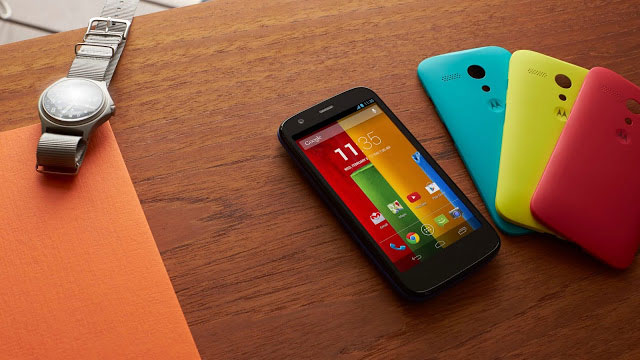
Ask a long-term phone fan in their 30s or above about the most important Motorola mobile and they may well say the Motorola Razr V3. It was an iconic flip phone, far more desirable than anything made at the time
In the smartphone world, Motorola never had quite as much luck at the desirable, luxury end of the market. However, whenever we're asked for advice about budget phones, the Moto G comes to mind as quickly as the Razr did.
Since 2013, the Moto G series has offered some of the best, if not the best, affordable buys of the year. When the budget is tight, you probably want a Moto rather than a Samsung or Sony. And you certainly don’t want an iPhone, unless you have a thing for banged-up phones that can’t run their software well anymore.
But how did we get from the original Moto G in 2013 to the Moto G6 and the most successful Motorola phone line in history, that we have today? And which was the high point in the series?
We’re going to take you on a tour of the entire Moto G series, so prepare to have your warm and fuzzy feelings tickled if you’ve owned one of these phones before.
- Motorola Razr V3: the greatest phone of all time?
- Moto's new G series handsets: Moto G6 | Moto G6 Plus | Moto G6 Play
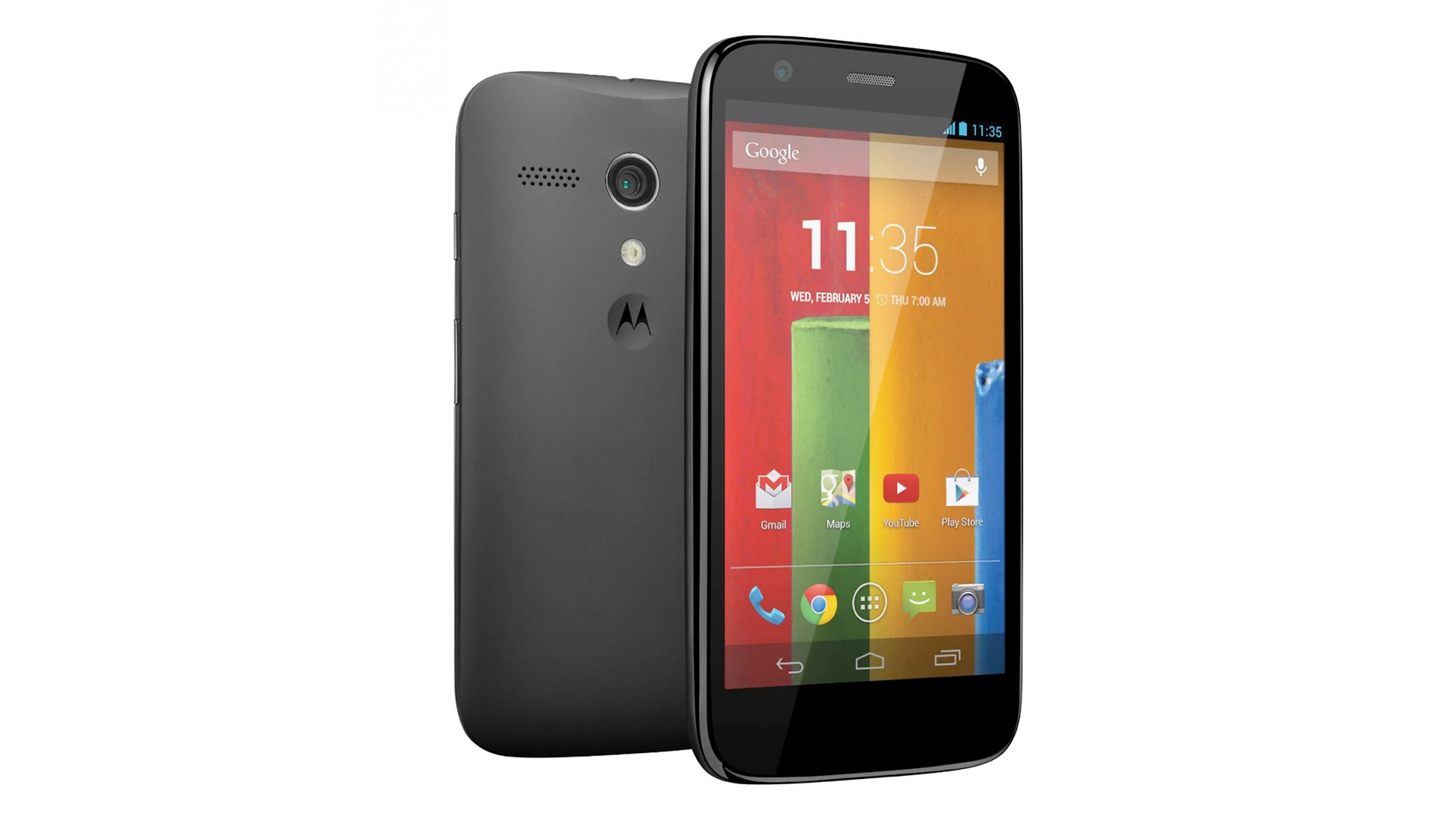
Moto G (2013)
Announced: November 2013
Released: November 2013
Motorola was a huge name before smartphones became the norm in 2007 and 2008. Despite a bunch of solid efforts under the popular Razr banner, Motorola was reduced to a niche brand by 2012.
This led to the phone part of its business being sold to Google that year. And that led to the Moto G in late 2013.
It had none of the hallmarks of previous Motorola phones: no custom interface obsessed with social networks, no aggressively recognizable lines to its frame. The Moto G was a stripped-back phone with an approach that rarely seems to fail. It nailed the basics and kept the price lower than the competition.
The Moto G had a 720p screen when most other phones at the price had 854 x 400 resolution displays. It looked very sharp. We dug one of these phones out a few days ago. Guess what? It still looks sharp. Its 326ppi pixel density matches the iPhone 8.
It also used a near-standard style of Android, version 4.3 back then. There were just a few little Motorola sprinkles, including a custom camera app and one that let you transfer files from your old phone.
This was Motorola downing a humble smoothie. It didn’t try to put a big Motorola stamp on the phone, and this approach painted a whole new, more appealing vision of Motorola for millions. Even its quad-core Snapdragon 400 processor, which would seem terrible today, ran Android extremely well.
OK, so the camera was pretty poor. It was a little slow to shoot, often took blurry images and they never looked all that great, but nothing came close to the Moto G in 2013 for sheer value. At $179 (£139, $AU199) it seemed the perfect budget phone. A year after its launch, Motorola phone sales were up 118%, in large part down to this budget wonder.
- Read our in-depth review: Moto G
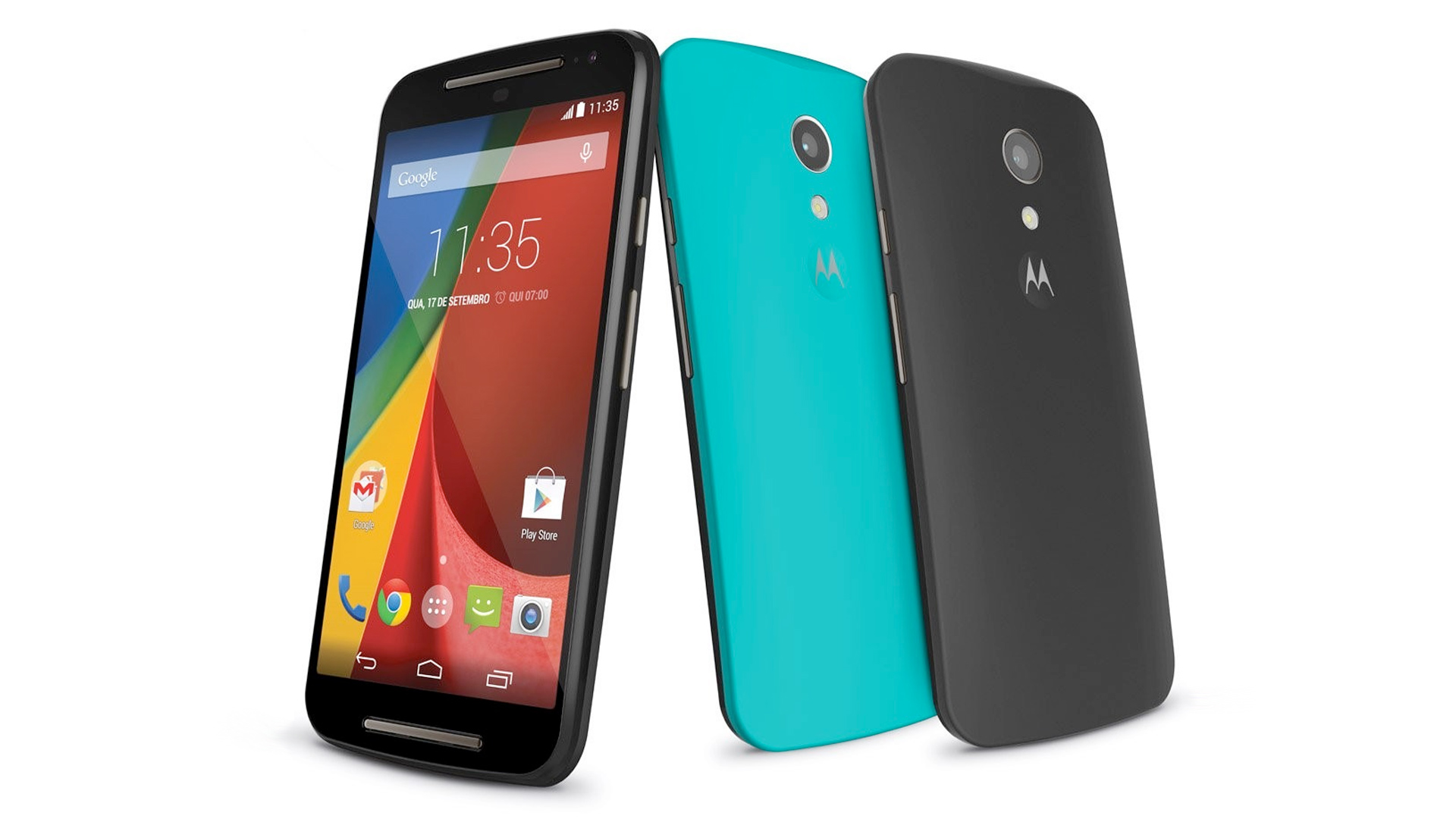
Moto G 2nd Gen (2014)
Announced: September 2014
Released: September 2014
Just before the Moto G’s first birthday, Motorola released the 2nd generation version. A few features were added but Moto didn’t mess too much with the formula.
It cost $179 (£150, $AU269), and in-between the two phones Motorola released the Moto E for those who wanted something even cheaper.
The Moto G 2nd Gen switched to a 5-inch screen. We remember thinking it was a bit big at the time, which seems funny given the monsters we keep in our pockets today.
Resolution stayed at 720p, but the larger display was much better for games and media. Motorola even packed-in dual front-facing speakers, telling us all this wasn’t just a phone for the basics, it was ready for everything.
It used the same Snapdragon 400 processor as its predecessor, but this still ran games like Asphalt 8, which we still play today, almost perfectly.
Big silver bars across the phone’s front took away the ultra-pure look of the original Moto G a little, but it was a handy way to make sure the 2nd Gen version didn’t appear just like its daddy.
The original Moto G was so popular it stayed on shelves long after the 2nd Gen version appeared - you had to be careful to make sure you were buying the right one.
Aside from the bigger screen, we got a better camera too. The Moto G 2nd Gen used a Sony IMX179 sensor, the same seen in the Nexus 5 the year before. It was a definite improvement, with faster shooting and sharper images. But it would be the next year’s update that radically improved camera quality.
- Read our in-depth review: Moto G (2014)
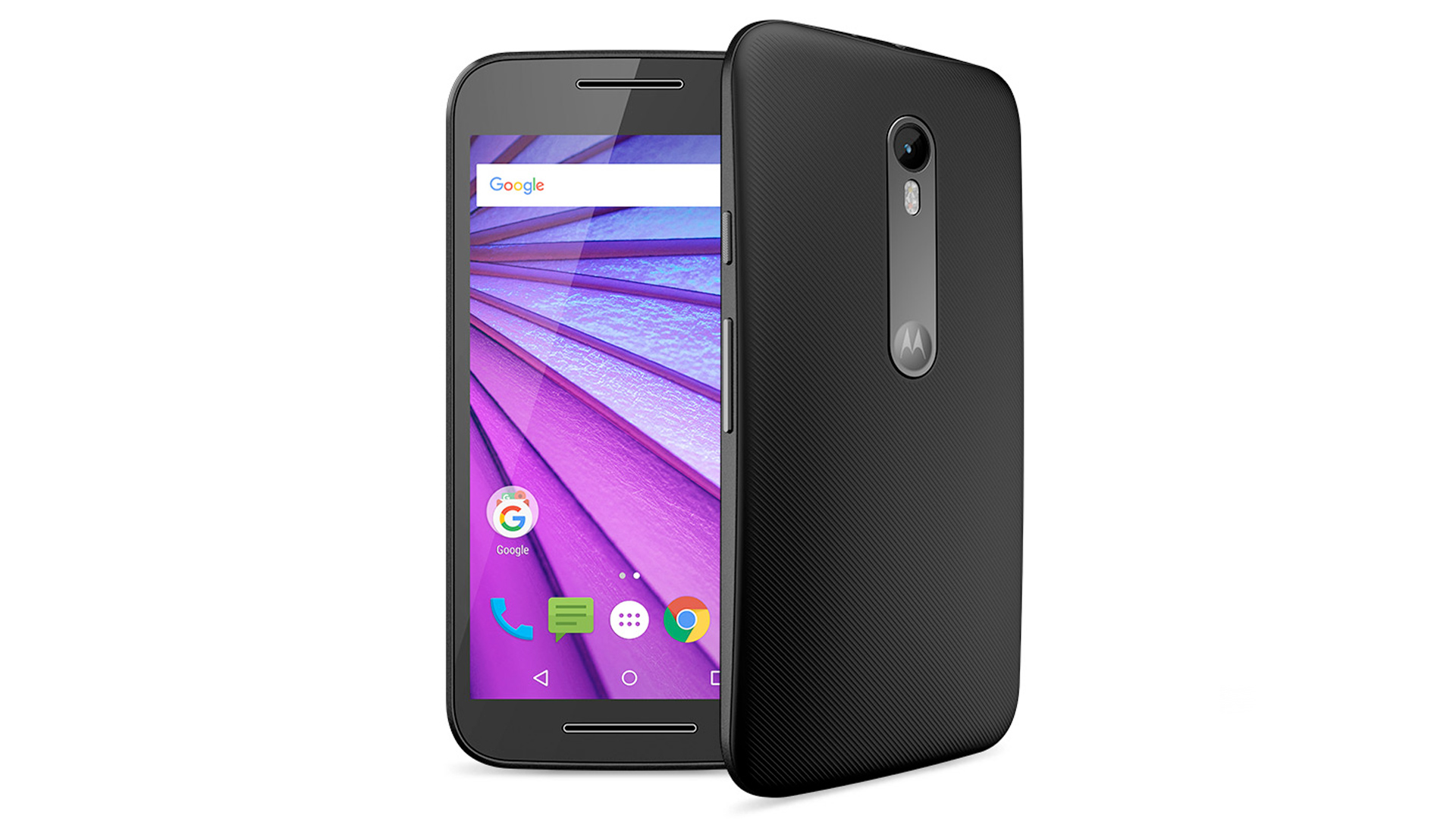
Moto G 3rd Gen (2015)
Announced: July 2015
Released: July 2015
The Moto G 3rd Gen cost $180 (£159, $AU369), although we always recommended buying the slightly more expensive version with 2GB RAM. To our tech nostalgia-ridden brains, this was a series highlight that rivaled the original Moto G.
When the 3rd Gen Moto arrived in July 2015, it wowed us with one feature, its camera. We had never seen a phone this cheap produce photos with such good dynamic range.
It’s thanks to two elements. In the third Moto G, Motorola added an Auto HDR mode to the camera app, and the phone used the classic Sony IMX214 sensor. This is a 13MP sensor that raised the standard for lower-cost hardware, and ended up in well over 100 different phone models. And most were more expensive than the Moto G.
Finally, we had nothing to complain about in the Moto G series. It felt complete.
That is, if you bought the 2GB RAM version, anyway. Motorola made 1GB and 2GB versions, and the Android 5.0 didn’t run well with 1GB RAM. This tripped up many cheap phones for a long time.
Other improvements this year included IPX7 water resistance, still extremely rare at this price, and a move to a 64-bit processor, the Snapdragon 410.
The Moto G 3rd Gen was also the first in the series to use some metal shell elements. A little panel of aluminium by the camera was a teaser for the sort of Moto G build quality we get today.
Motorola also toned-down the speaker design, trading big silver bars for subtler black indents. It looked a lot better.
Between the Moto G 2nd Gen and 3rd Gen, in October 2014, Google sold Motorola Mobility to Lenovo. But you wouldn’t know it from the design of this phone.
- Read our in-depth review: Moto G (2015)
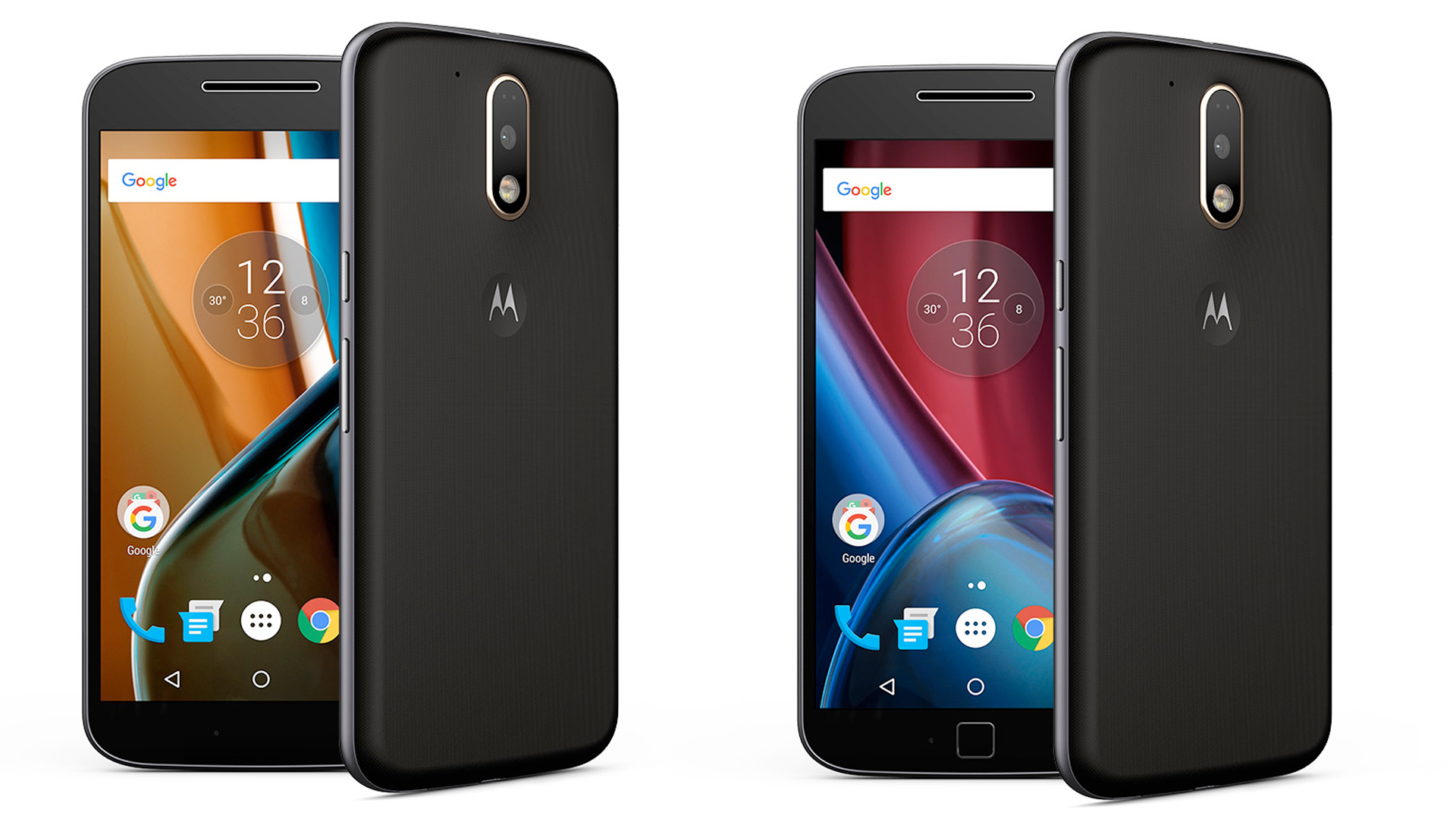
Moto G4 and Moto G4 Plus
Announced: May 2016
Released: May 2016
2016 was the first year buying a Moto G phone became a little confusing. This year there were two distinct models, which may have been the influence of new Moto series owner Lenovo at work.
There was the Moto G4 ($200, £169, $AU330) and the Moto G4 Plus ($250, £229, $AU399). They both had super-sized 5.5-inch screens with sharp 1080p resolution. They had the same Snapdragon 617 processor, were exactly the same size and looked similar.
So what was the difference?
The more expensive Plus version had a higher-resolution rear camera and a fingerprint scanner on the front, a feature in the process of filtering down to affordable phones at the time.
With hindsight, the Moto G4 Plus had one of the ugliest finger scanners ever jammed into a phone. But it did work, and we were just glad to have it in 2016. These phones’ designs were also more generic-looking than that of the Moto G 3rd Gen, although they did have a band of metal around their sides for a touch of higher-end style.
The Moto G4 used the same Sony IMX214 camera sensor as the Moto G 3rd Gen, offering the lovely daylight dynamic range we appreciated so much the year before.
You got an Omnivision OV16860 in the Plus. Omnivison may be a less trendy sensor brand than Sony, but this chip was larger at 1/2.4in, and took better shots at night.
Looking back, this was perhaps a slightly odd year for the Moto G. The budget buyers we often advise didn’t always find the benefits of the Plus version that obvious particularly when scanning for differences on an Amazon product page.
This would be fixed the next year, but the Moto G4 Play, released slightly after this pair, didn’t help matters either. But at least we didn’t have to call these phones “4th Gen” anymore.
We couldn’t grumble too much. As ever, you couldn’t find phones offering much better value, and the Moto G4 was the best gaming mobile you could get for the price.
- Read our in-depth reviews: Moto G4 | Moto G4 Plus
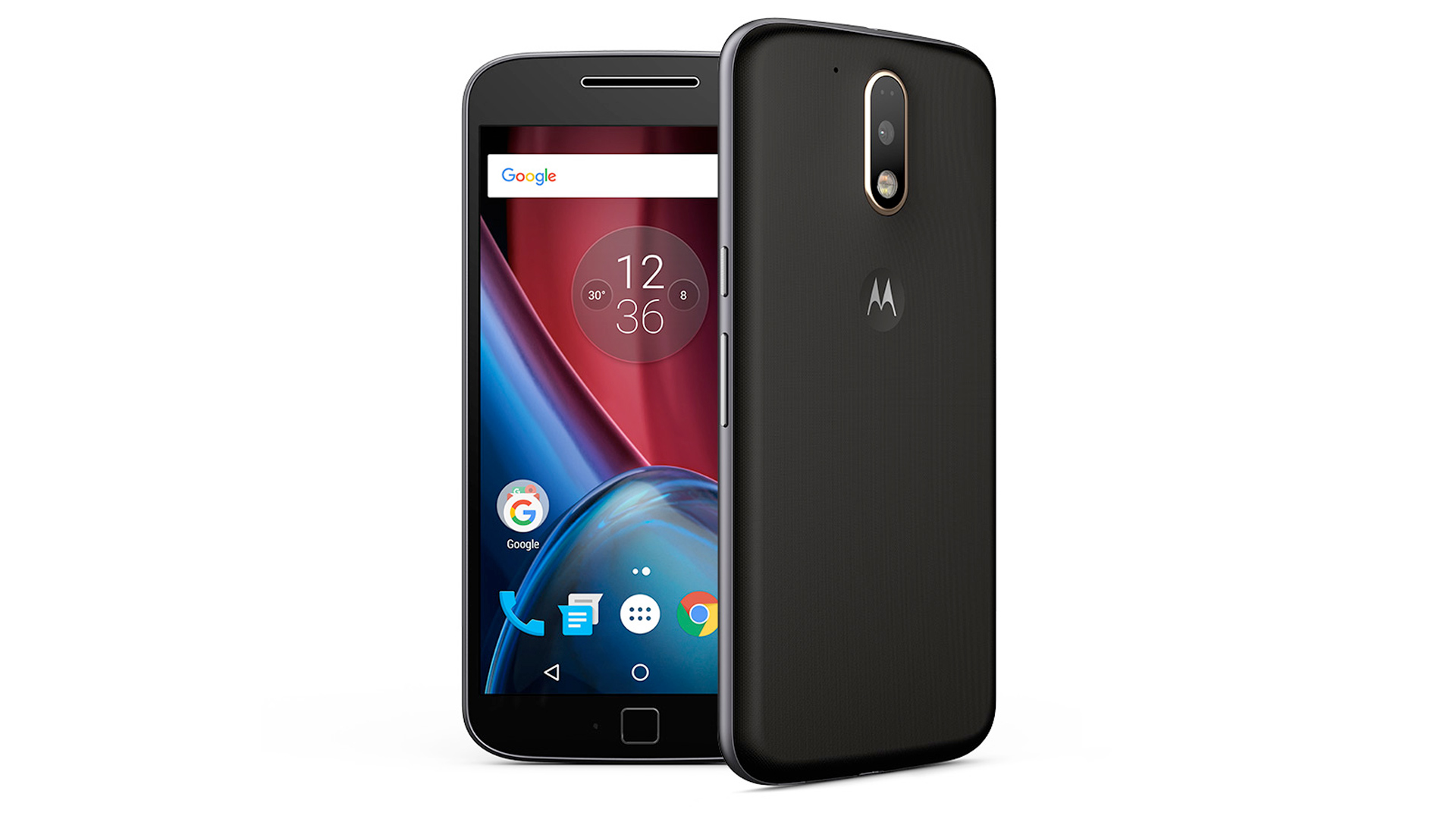
Moto G4 Play
Announced: May 2016
Released: August 2016
Moto series master Lenovo also announced the Moto G4 Play alongside the Moto G4 and Moto G4 Plus, but it didn’t arrive on shelves until later in 2016.
In previous years this would have been part of the “E” series, which Motorola used to sell its bargain models, phones with a few more obvious tech sacrifices
It was closer in spec to the previous year’s Moto G 3rd Gen, and had a lower-end camera than that phone. Its 8-megapixel sensor look worse photos.
The Moto G4 Play took quite a while to go on sale, eventually arriving at $150 (£129, $AU269).
It was a reminder that while we at TechRadar may get excited about new Moto G phones, their real purpose is to offer an option that is both cheap and good for people who don’t want to spend too much. However, we can remember advising a few shoppers to look for a good deal on a Moto G 3rd Gen rather than buy a G4 Play.
It was also a little too close to the Moto E3, released that year, which simply had a lower-end MediaTek CPU.
- Read our in-depth review: Moto G4 Play
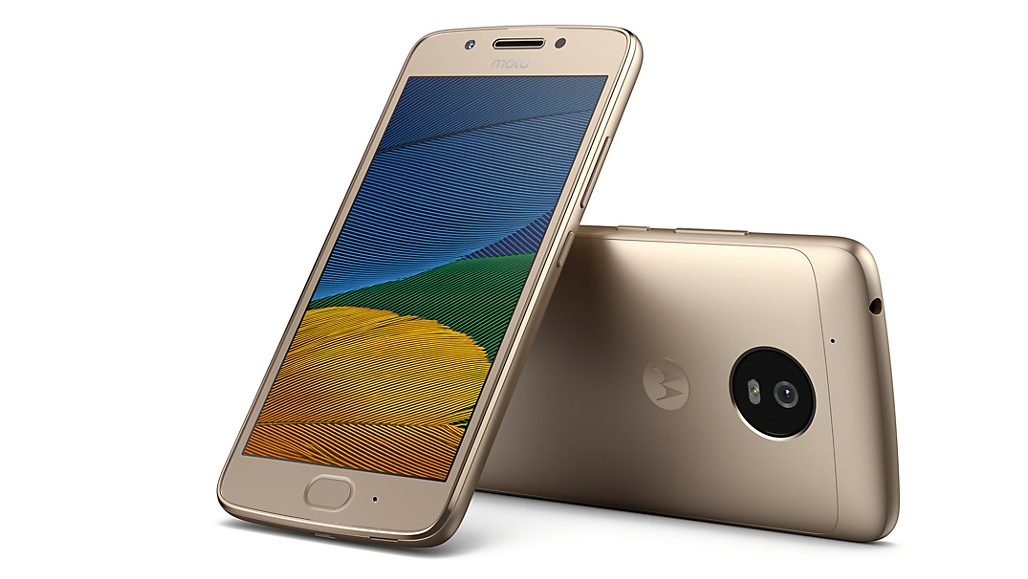
Moto G5
Announced: February 2017
Released: March 2017
After the Moto G series sprouted a few unexpected tentacles in 2016, the Moto G5 range reverted to the norm in 2017. And it classed-up the design in the most significant way yet.
The Moto G5 had an aluminium panel that did a fairly good job of tricking your fingers into thinking it was a more expensive phone. In a reversal of the Moto G4’s design, its sides were plastic, but a finger-teasing sheet of aluminium covered the back.
It was a much prettier phone all-round too, with a subtler front fingerprint scanner below the screen and a new round camera lens housing.
The Moto G5 was the lower-cost option, next to the G5 Plus. And unlike the G4 family, there were very obvious differences between the two.
Here you got a smaller 5-inch 1080p screen and a lower-end CPU, the Snapdragon 430.
While this cleaned-up the series for buyers, the Moto G5 attracted criticism because its CPU was less powerful than that of the Moto G4. However, one feature often overlooked is the 430’s relatively punchy graphics chip. In real-world use it was still a good performer.
It was available from $185 in the US and £169 in the UK.
- Read our in-depth review: Moto G5

Moto G5 Plus
Announced: February 2017
Released: March 2017
The Moto G5 Plus was a classed-up version of the Moto G5 in just about every respect. It shell used more aluminium, less plastic, it had a more powerful Snapdragon 625 CPU and a slightly larger 5.2-inch screen.
It did its best to try to get you around 80 per cent of the high-end phone experience at less than half the cost. For the tech heads, the camera was the most exciting part.
This was the first time a Moto G phone had used a high-end 12MP camera sensor, the kind used in almost all top-end phones at the time.
Put it next to the Samsung Galaxy S7 or Pixel 2 (which reportedly uses the same sensor) and it wouldn’t match up. However, this was comfortably the best camera plugged into a Moto G phone to date.
It had large 1.4 micron sensor pixels, the same size as those of the Samsung Galaxy S9. So why was it only a budget king, not a world-beater? It didn’t have the optical stabilization of the top Samsungs or the ultra-smart processing of Google’s phones.
However, we’ve be happy using a Moto G5 Plus today. It’s a class act. The Moto G5 Plus cost $229 (£250, $AU399).
- Read our in-depth review: Moto G5 Plus
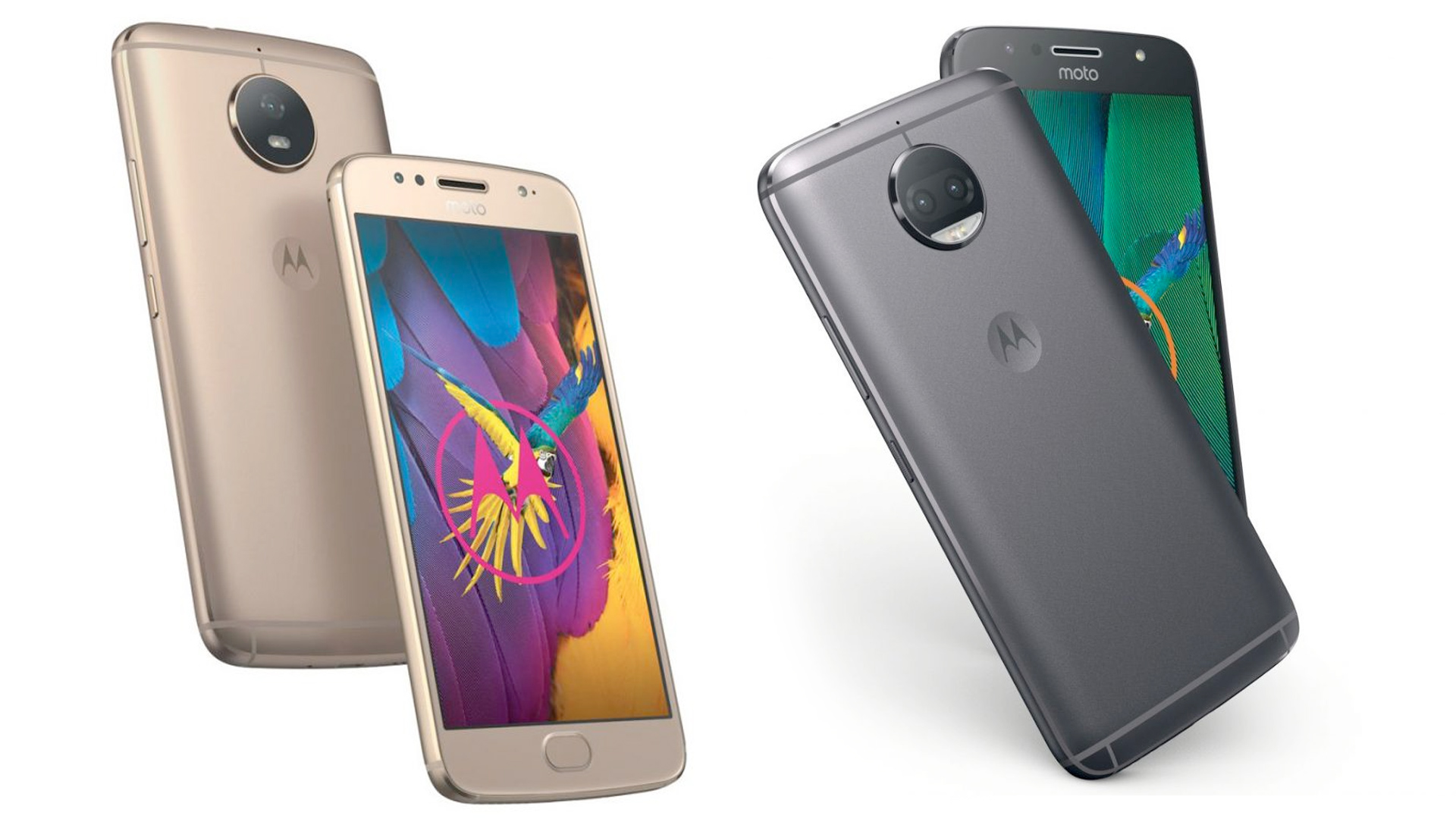
Moto G5S and G5S Plus
Announced: August 2017
Released: August 2017
Remember how we said Lenovo made the Moto G series much clearer for us buyers with the G5 series in 2017? That all changed just five months later when it came out with the G5S variants.
These took the part-metal designs of the slightly older models and bumped them up to a full-aluminium unibody shell. This was the first time a Moto G phone had felt quite similar to one costing $500 or more.
You had to pay more for them too, though. The Moto G5S cost £219, AU$349 (around $290 in the US), the Moto G5S Plus £259 ($279.99, around AU$399).
The phones also have slightly larger screens than their “non-S” counterparts. The Moto G5S has a 5.2-inch screen like the G5 Plus, and the Moto G5S Plus a 5.5-inch screen like the old Moto G4 Plus.
While there was a lot to like about the original 5-series phones, these felt more like what they should have been in the first place.
The Moto G5S Plus was also the first G-series phone have dual rear cameras, letting you take shallow depth of field photos.
Sure, the effect wasn’t nearly as good as what Huawei and Apple put out, but added a nice little extra to a phone not normally interested in tech fluff.
- Read our in-depth reviews: Moto G5S | Moto G5S Plus
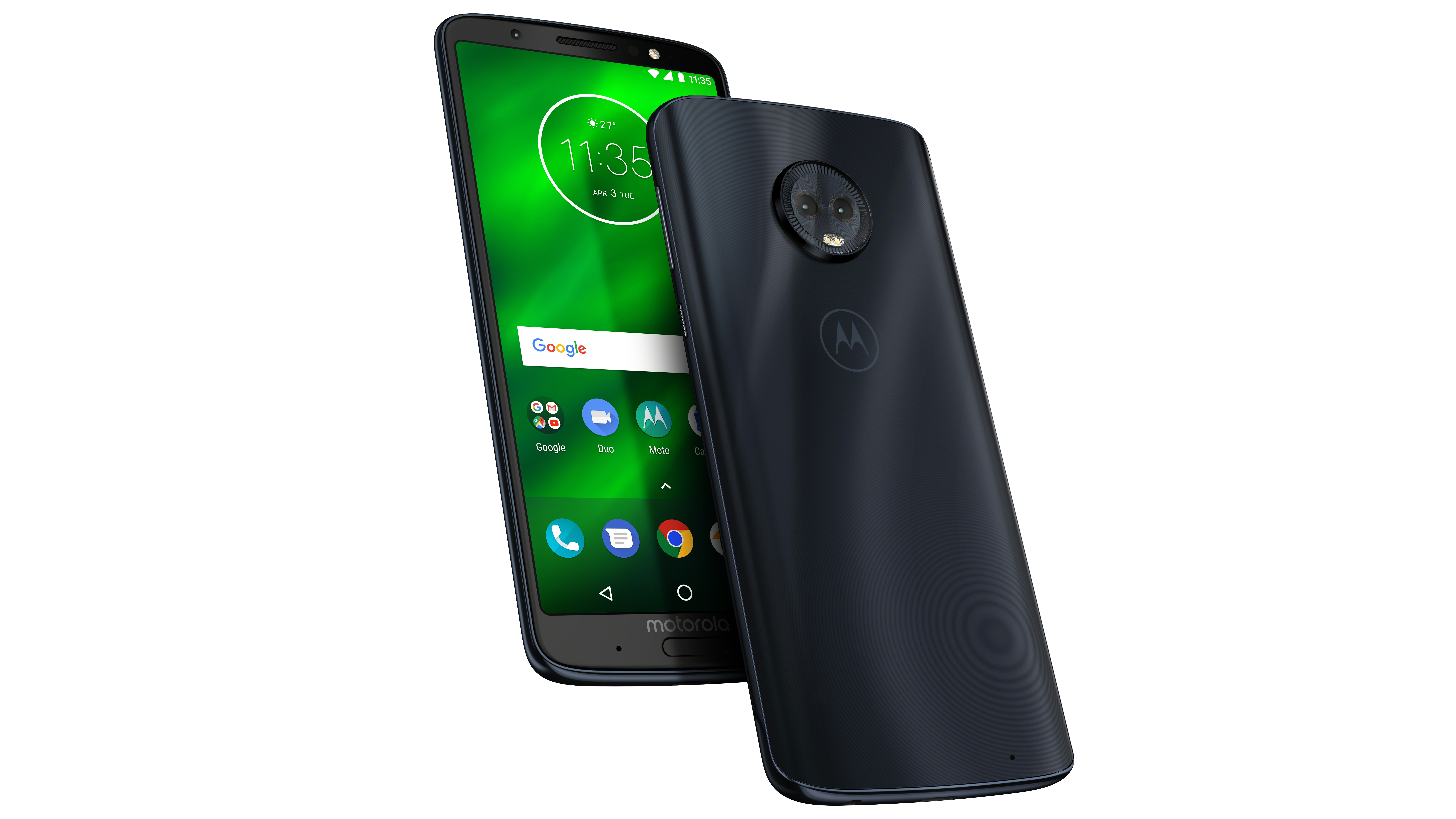
Moto G6 and Moto G6 Plus
Announced: April 2018
Released: May 2018
2018’s Moto G phones, the Moto G6 and Moto G6 Plus were the two main handsets in a trio (more on the third handset in the next slide).
Look at their numbers alone and it’ll seem Lenovo radically increased the size of their screens. The Moto G6 has a 5.7-inch display, the G6 Plus a 5.9-inch one.
However, they only sound so large because these are taller 18:9 screens with less wasted space above and below the display. The Moto G6 is actually a fraction less wide than the Moto G5S, and that phone has a 5.2-inch screen. They won’t stretch your pocket.
The series once again shows how little there often is to gain by spending double or triple the price. And even the design has moved on a step or ten since the G5 family.
The Moto G6 and G6 Plus have metal sides and a curved glass rear, reminding us of the Samsung Galaxy S6, a classic high-end phone design of a few years past.
So what do you miss out on by spending less on the normal Moto G6? Aside from the slightly larger screen and 0.3mm thinner frame, the G6 Plus has a faster processor and a better camera.
The CPU difference is obvious. With a Moto G6 you get a Snapdragon 450, or the Snapdragon 630 with the Plus. The Plus has a little more CPU power and slightly more graphics power but, whisper this one, you’re unlikely to notice that much of a gap in real-world performance.
The phones’ cameras sound a lot closer, but are likely to have more meaningful differences out on the street. Both have a 12-megapixel rear sensor with a secondary lower-res sensor for bokeh blurring, but their sensors aren’t the same. The G6 Plus’s has dual pixel phase detection autofocus, a feature baked into the sensor itself. It has a slightly faster f/1.7 lens too.
With any luck the G6 Plus has the same sensor as some of the most expensive phones around (not that it guarantees the same image quality).
It looks like the Moto G series has done it again, beating what Nokia, Samsung and LG offer at the price, and with a more accessible slant than the otherwise competitive alternatives from Honor, like the 9 Lite.
The Moto G6 Plus costs £269, but apparently is not launching in the US. The Moto G6 costs $249 (£219).
- Read our hands on reviews: Moto G6 | Moto G6 Plus

Moto G6 Play
Announced: April 2018
Released: May 2018
Finally, the Moto series has come up with a “Play” phone that’s actually interesting. Moto G Play phones in the past have simply been cut-down versions of the normal G-series phones.
The Moto G6 Play still is, but it also fits-in a much larger 4000mAh battery to keep you trucking on even longer.
Does this make it a perfect budget gamer phone, as the name might suggest? Sort of. The Moto G6 Play does not have a Full HD+ screen, just an elongated 720p one, so games won’t appear as sharp.
And while it looks a lot like its pricier brothers, the G6 Play has a “polymer glass” back instead of a Gorilla Glass 3 one. This means it is, at the very least, mainly made of plastic.
If you can afford the cost of the Moto G6, you won’t regret the upgrade. But, let’s face it, the Moto G phones aren’t as cheap as they once were, making the Moto G6 Play all the more important for many of us.
- Read our hands on review: Moto G6 Play

Andrew is a freelance journalist and has been writing and editing for some of the UK's top tech and lifestyle publications including TrustedReviews, Stuff, T3, TechRadar, Lifehacker and others.